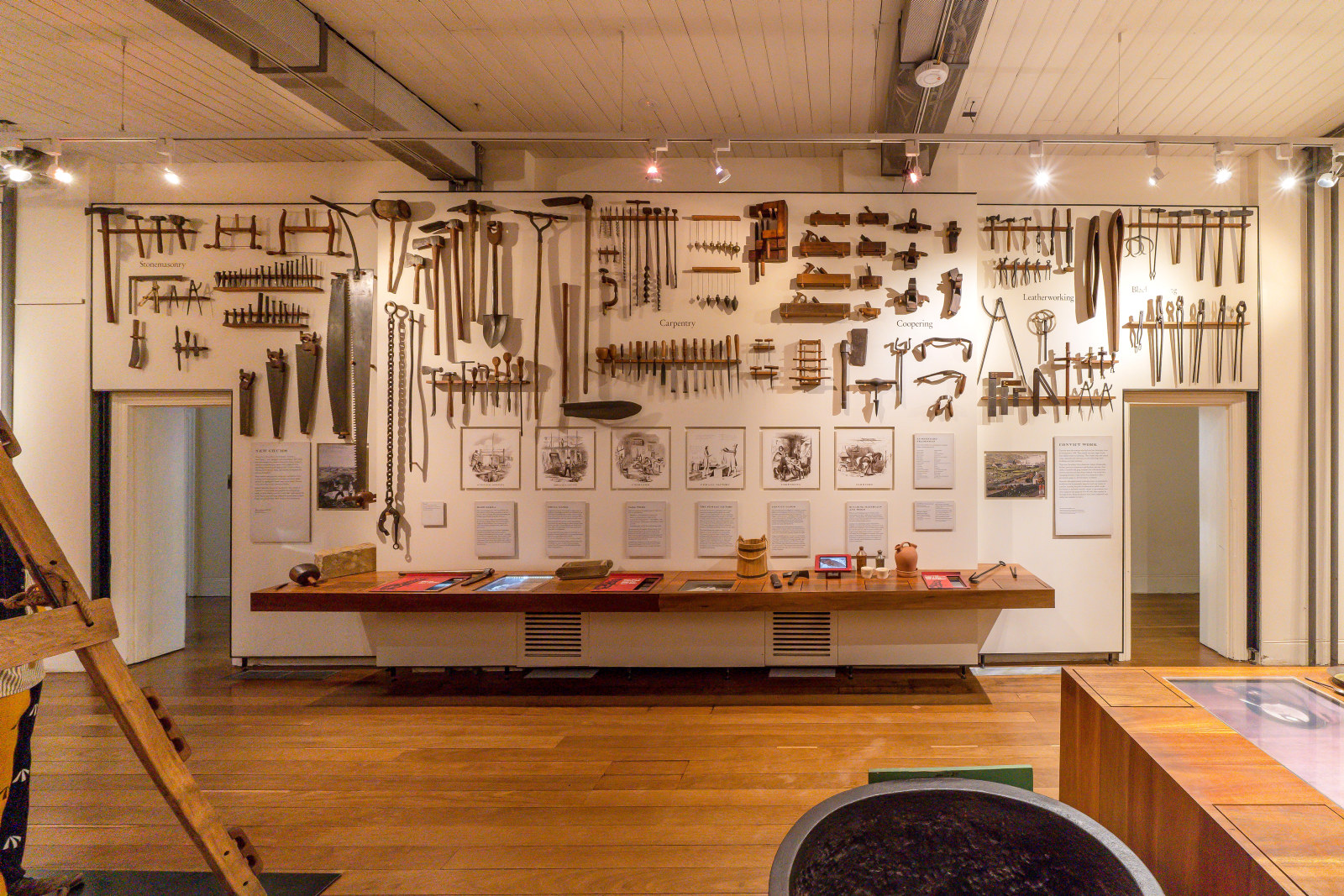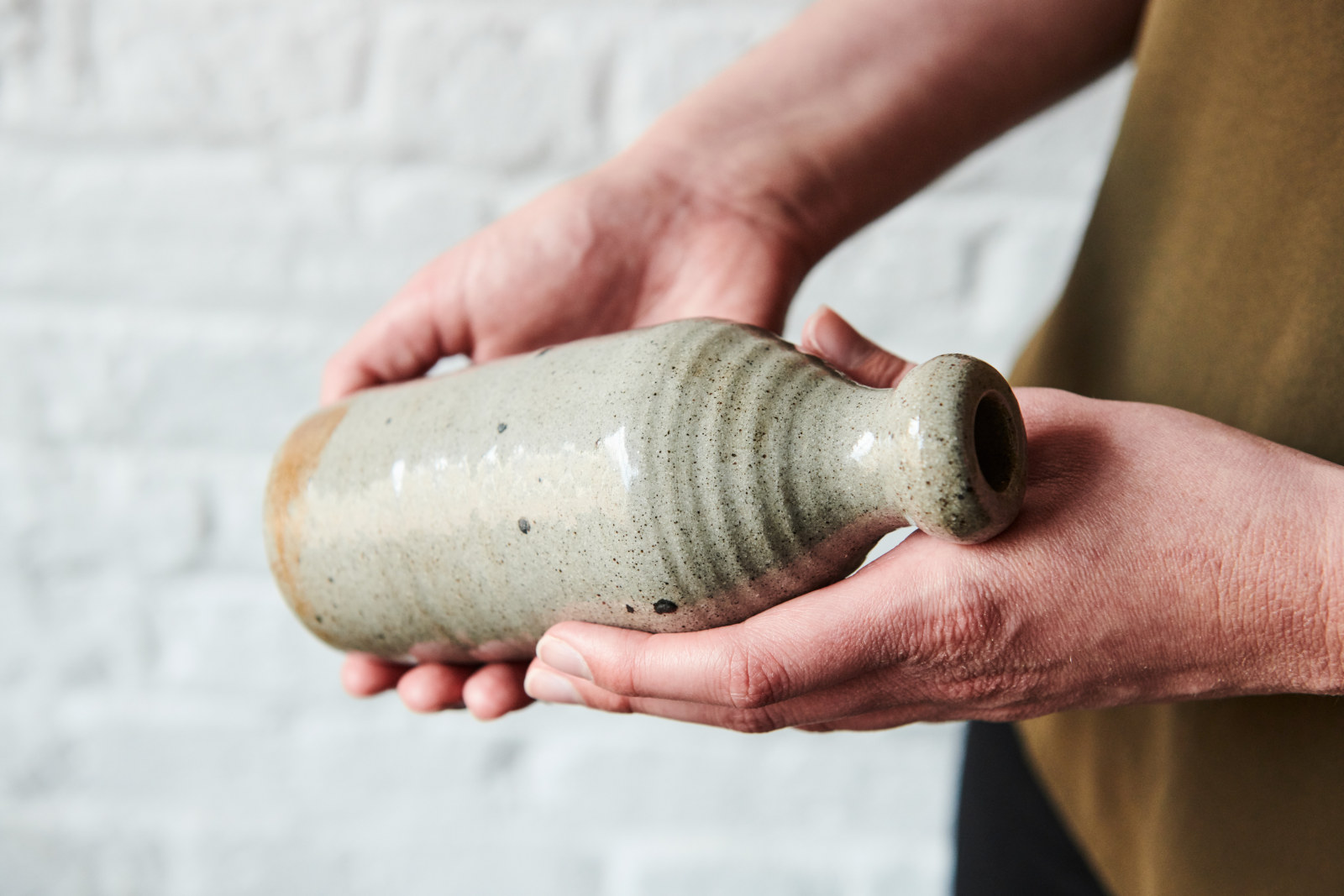Absolute Pardon
John Onion, 1830
It must have been a proud moment for John Onion, when he received this Absolute Pardon document in 1835. An iron smelter by trade, Onion was one of a group of convicts transported for the Pentrich rebellion in Derbyshire in 1817, in which a group of industrial workers in England’s midlands staged a mass protest against unemployment and pay cuts due in part to the introduction of machine technology. Some were hanged, but 49 year old Onion was sentenced to transportation for life, and arrived in Sydney in 1818, just as Hyde Park Barracks was being built.
An Absolute Pardon could be granted at any time to a convict on a life sentence. It declared a convict’s sentence finished and restored their legal rights to those of a free citizen. Unlike the Conditional Pardon, which restricted the convict to stay in the colony, the Absolute Pardon allowed the convict to return to their homeland.
Published on
Related

Convict Sydney
Objects
These convict-era objects and archaeological artefacts found at Hyde Park Barracks and The Mint (Rum Hospital) are among the rarest and most personal artefacts to have survived from Australia’s early convict period

Learning resources
Explore our range of online resources designed by teachers to support student learning in the classroom or at home
